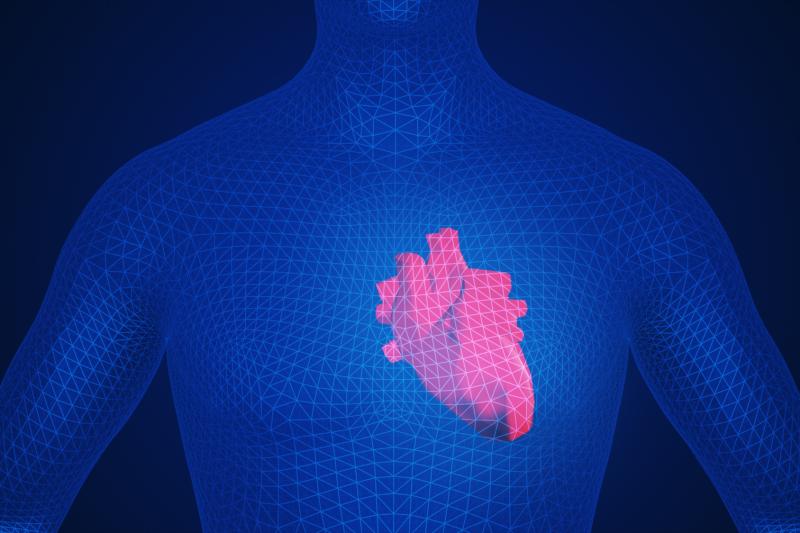
Nonpulsatile centrifugal ventricular access devices (VADs) may exacerbate the risk of haemorrhagic and ischaemic complications of the gastrointestinal (GI) system, according to a recent study.
Researchers compared 11 patients who had received pulsatile, positive displacement VADs with the first 12 patients in their institution to receive Ventrassist, a centrifugal nonpulsatile device. Outcomes included the development of GI complications necessitating surgical, endoscopic or radiological interventions. Patients were enrolled from the Alfred Hospital, in Melbourne, Australia.
Patients in the nonpulsatile group needed a greater number of interventions for bowel-related complications than their pulsatile counterparts. These included GI operations in three patients and seven endoscopies in five patients. There were also five episodes of rectal bleeding. [Heart Lung Circ 2020;29:295-300]
The overall incidence rate of GI complications in the nonpulsatile participants was almost twice that in the pulsatile group (67 percent vs 36 percent). However, due to the small number of patients, statistical significance was not reached (p=0.15).
Similar findings were reported upon disaggregation according to type of complication. Hepatic dysfunction (83 percent vs 46 percent; p=0.14), GI bleeding (50 percent vs 36 percent; p=0.81) and other organ complications (67 percent vs 27 percent; p=0.14) were all substantially more common in patients who received the nonpulsatile devices, though statistical significance was never established.
Subsequently, the researchers then conducted a full study with a larger cohort, including 110 patients with pulsatile VADs and 53 with nonpulsatile devices. This confirmed the findings of the pilot study. Endoscopies, for instance, were significantly more common in the nonpulsatile group (24 percent vs 12 percent; p=0.049).
Similarly, those who received nonpulsatile devices showed significantly elevated overall rates of GI problems than their pulsatile comparators (56 percent vs 20 percent; p<0.0001). The same was true for a delayed absorption of nasogastric feeds (p<0.0001).
Multivariate logistic regression analysis further validated the principal results. Having a pulsatile VAD emerged as a significantly protective factor against GI complications (odds ratio [OR], 0.07, 95 percent confidence intervals [CI], 0.02–0.24; p<0.0001).
In contrast, being of advanced age (OR, 1.03, 95 percent CI, 1.00–1.06; p=0.028) and belonging to the early era of transplantation (OR, 7.09, 95 percent CI, 2.04–24.65; p=0.002) both emerged as significant risk factors. Early-era VADs were those implanted before 2004.
“We conclude that the use of nonpulsatile as distinct from pulsatile VADs is associated with a higher incidence of both haemorrhagic and ischaemic complications in the GI system especially in the very early postimplant period,” the researchers said.
“In the present study only one patient died of a GI complication. This patient, with a nonpulsatile device, early in our experience, developed massive small bowel necrosis that was presumably due to splanchnic hypoperfusion,” they added. “Whether these complications can be reduced by increasing the pulsatility in these devices is not clear and this question merits further research.”